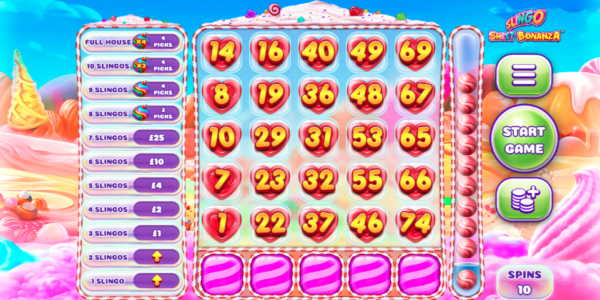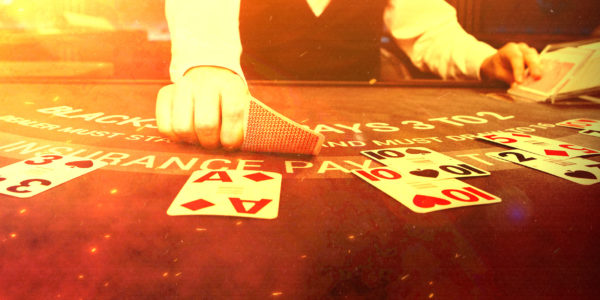Calculating the RTP on Slots
First of all, what is RTP? It stands for ‘Return to Player’ and represents the percentage of all stakes an online slot machine will pay participants over time. Players look for the best return, while machine owners and licence holders typically want the percentage to be smaller so that they earn more money from the machine.
If a machine has an RTP of 90%, it typically means that if a player hits the winning jackpot spin combination, the player will get 90% of the stakes wagered on the machine. So, if the machine had £100 spent on it, the player would get £90! This formula gets more convoluted and complicated if there are multiple wins with varying payout amounts, i.e., on the same machine, no player may hit the jackpot, but two players might win £15 each, and another may receive £60. This total payout would still meet the 90% RTP.
Calculating the Live RTP on Slots
One way to calculate the live RTP is to consider some figures. Assess all the winnings from a machine (the money paid out to players) for a specific time frame, then divide by the gross financial input into the machine (all money put into the machine) for the same time duration. The figure will be less than one.
Example:
Winnings paid out / Money put into the machine
£4000 / £5400 = 0.74
In this example, the machine is operating on a 74% RTP because 74% of the money put into the game has been returned to the player over this time. For players, if the RTP is not performing lower than the expected value, then consider whether it is worth playing on; of course, it could mean that a big payout is coming soon. The reverse is true if it’s ahead of its RTP, then it may have already given out a big jackpot and will not be anticipating to do so in the immediate future.
For machine owners and licence holders, checking the RTP performance is very important. They want the software or hardware to perform the expected amount so they can meet their financial targets.
This formula can be beneficial when calculating the average RTP value for games that change their RTP from spin to spin.
Limitations of Understanding RTP on Slots
Remember that while a few calculations with specific numbers can obtain the RTP, this doesn’t mean that a player will have any more or any less success on a slot machine. The RTP can be fulfilled over millions and millions of spins. Short-term wins and losses may have little bearing or use when understanding how much money a player can win.
It’s also worth noting that the venue, online casino, software maker, or machine owner/licence holder makes the rules. These parties will always tip the advantage in their favour. If they find the machine is paying out too much or too little to be financially viable or to attract players, they may adjust the settings, like the RTP or spin volatility.
High RTP vs Low RTP
Most players automatically assume that a higher RTP is their better choice. However, factors should be considered before opting for a machine based on the RTP value. A high RTP means that, yes, winning players will typically be more financially blessed. Yet because the machine owner/licence holder is giving up more money, the rate of winning spins is often much less frequent.
By the same token, lower RTP slots often return less money to winning players, but as a result, these winning spins tend to come up much more frequently than their higher RTP counterparts.
For context, higher RTPs for online slots tend to be between 97% and 99%, while lower ones can be as low as 90%. In the real world, tangible machines usually range between 70% and 90%.
























































